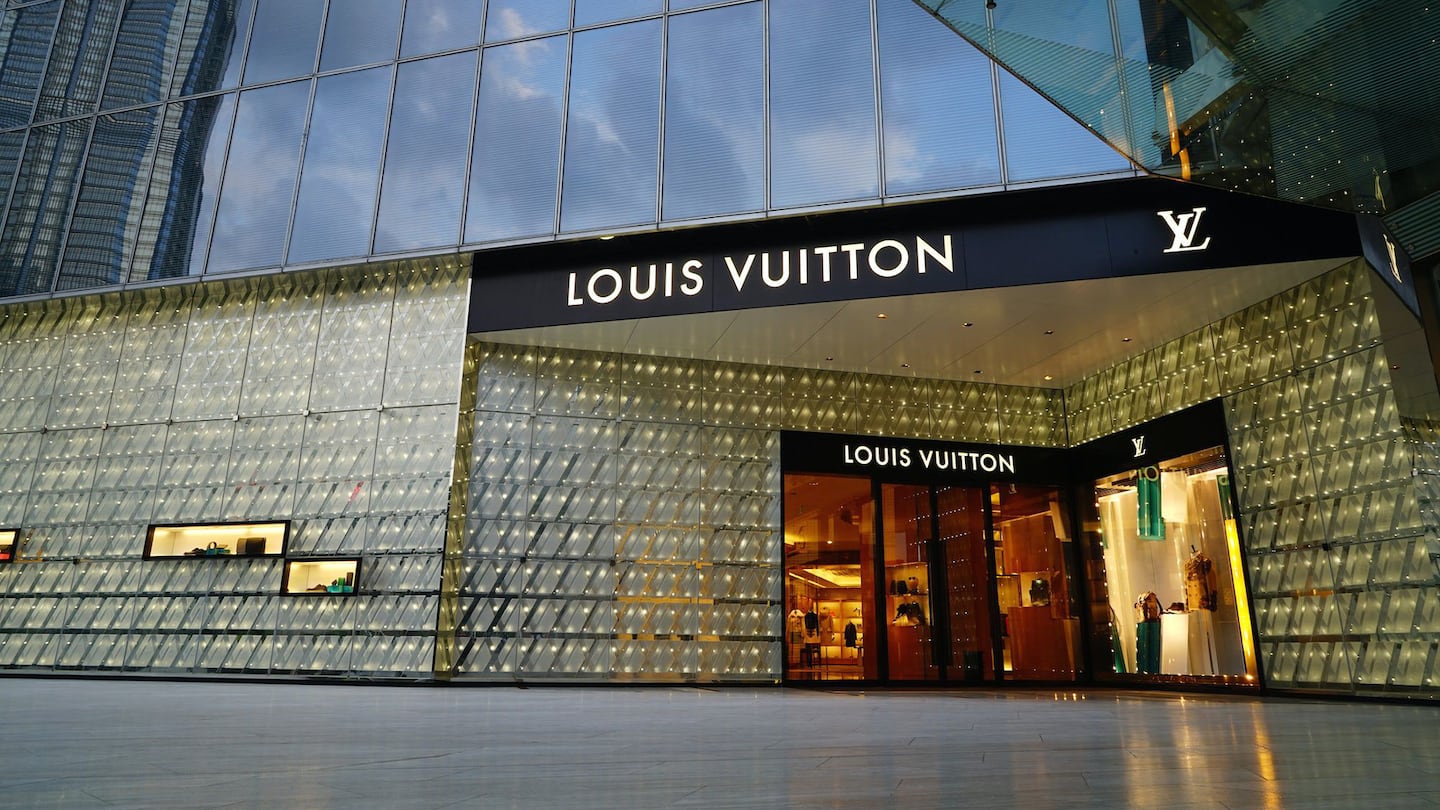
The Business of Fashion
Agenda-setting intelligence, analysis and advice for the global fashion community.

Agenda-setting intelligence, analysis and advice for the global fashion community.

Louis Vuitton and Christian Dior-owner LVMH’s fashion sales accelerated in the first quarter, even as geopolitical and public health crises threatened to dampen consumer demand.
Sales in the key fashion and leather goods unit rose 30 percent, LVMH said, compared to 28 percent growth in the previous quarter. Analysts had expected 20 percent growth.
Overall, sales at the company rose by 23 percent to €18 billion ($19.51 billion) as divisions including cosmetics and selective retailing (which includes DFS and Sephora) also reported double-digit growth. Those categories had previously bounced back more slowly from the pandemic.
The news comes as LVMH runs into a tough basis of comparison — fashion sales had already jumped 52 percent in the prior year’s quarter — and as various crises cloud the outlook for consumer businesses.
ADVERTISEMENT
The return of coronavirus lockdowns in China has dented sales in that key market, while Russia’s invasion of Ukraine prompted sweeping sanctions against the country in addition to shaking confidence in markets globally.
Ahead of the report, the price of shares in LVMH had fallen 14 percent year-to-date compared with an average drop of 7 percent for the Stoxx 600 Index of Europe’s biggest companies.
In China, where major population centres including Shanghai have gone into strict lockdown to limit the spread of coronavirus, LVMH said business had deteriorated in the second half of March and remained depressed. Still, the group said it was optimistic that sales could quickly rebound.
“We’ve seen [in previous lockdowns] once this is over demand comes back to stores as prior to lockdowns. There’s no reason this shouldn’t be the case this time,” chief financial officer Jean-Jacques Guiony said. “We are reasonably hopeful that this should be a moment in the history of luxury in China and not more than that.”
Sales in the US, where consumer demand for top-end items has surged since the pandemic, and Europe, where local customers have become more relevant and tourism is beginning to bounce back, helped drive growth.
One analyst asked whether Louis Vuitton would continue to pull out of its department store concessions as it opened more free-standing stores as a result of the continued lift.
“The number of [Louis Vuitton] stores in US department stores has been reduced in last 10 years, but not in a dramatic way,” Guiony countered, pointing out that in some cases the brand had opened flagships while remaining in department stores as well. “In some areas, it makes sense to have both. It’s purely a function of the traffic and where the traffic goes. If it is department stores that’s fine, if not, we go elsewhere,” he said.
The former CFDA president sat down with BoF founder and editor-in-chief Imran Amed to discuss his remarkable life and career and how big business has changed the fashion industry.
Luxury brands need a broader pricing architecture that delivers meaningful value for all customers, writes Imran Amed.
Brands from Valentino to Prada and start-ups like Pulco Studios are vying to cash in on the racket sport’s aspirational aesthetic and affluent fanbase.
The fashion giant has been working with advisers to study possibilities for the Marc Jacobs brand after being approached by suitors.